The “What is What” Of Virtual Reality
Virtual Reality (VR) is transforming how we interact with digital environments, immersing users in a three-dimensional world created by computers. This technology has progressed rapidly, evolving from simple simulations to complex environments that engage multiple senses.
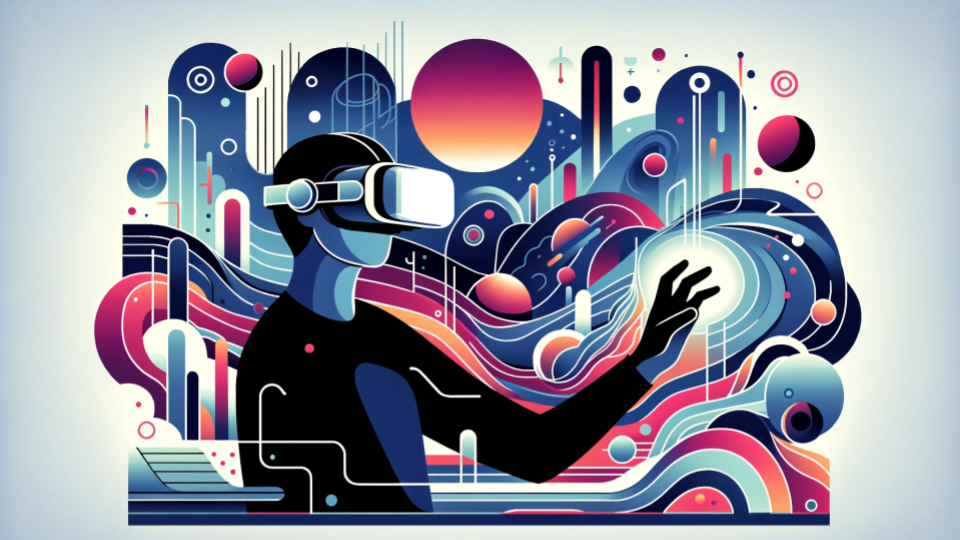
The VR market is booming, with projections indicating substantial growth. In 2023, the market is valued at USD 25.11 billion by 2032 and is expected to soar to USD 244.84 billion by 2032, demonstrating a compound annual growth rate (CAGR) of 28.6%. This surge is fueled by advancements in VR hardware and software, alongside increasing accessibility for consumers and businesses alike (VR Market Size | Fortune Business Insights).
Asia, led by China, is experiencing rapid market growth due to strong government support and advancements in 5G technology, which enhances VR applications. In Europe, VR is becoming integral in industries such as automotive, where it’s used for everything from design to marketing (Augmented And Virtual Reality | McKinsey).
As VR technology becomes more sophisticated and integrated into various sectors, its potential applications continue to expand, driving further investment and innovation. This growth is not just limited to gaming or entertainment but spans education, healthcare, and even real estate, promising a future where VR is a commonplace tool for enhancing daily activities and professional tasks.
What is Virtual Reality?
Virtual Reality (VR) is a technology that creates a simulated environment. Unlike traditional user interfaces, VR places the user inside an experience. Instead of viewing a screen in front of them, users are immersed and able to interact with 3D worlds. By simulating as many senses as possible, such as vision, hearing, touch, and even smell, the technology creates a seemingly real environment.
The core of VR is the VR headset, a device that uses head-mounted displays (HMD), providing a fully immersive experience. These devices track the user’s movements, particularly their head and eye movements, so that the visual content follows them accordingly. This technology has profound implications, not only in gaming and entertainment but also in education and training, where it can simulate real-world environments.
Each VR experience can be tailored to different needs, making it a versatile tool across various sectors. Whether enhancing the realism in a video game or simulating a complex surgical procedure for training purposes, VR’s capability to mimic real-world experiences is its most significant advantage.
How Does Virtual Reality Work?
Virtual Reality operates by immersing users in a digitally created environment that simulates the real world or an imaginary world. It achieves this through a combination of hardware and software, creating a seamless and interactive user experience.
At the heart of VR technology are head-mounted displays (HMDs). These devices are equipped with sensors that track the user’s head movements and adjust the visual display accordingly. This ensures that the virtual environment aligns with the user’s perspective and movements in real-time. For a truly immersive experience, VR systems also include audio devices that provide spatial sound, enhancing the realism of the virtual world.
The VR experience is further enriched by input devices such as motion controllers, gloves, and treadmills. These devices allow users to interact with the virtual environment in a natural and intuitive way. For example, motion controllers can translate real hand movements into virtual actions, enabling users to pick up, manipulate, or throw virtual objects.
Technological innovations continue to enhance VR’s capabilities. For instance, advancements in display technology are crucial for creating sharper and more responsive visuals. Modern VR displays now boast higher resolutions and faster refresh rates, crucial for reducing motion sickness and improving user comfort.
Software plays a critical role too. It creates the virtual worlds and manages the integration of hardware inputs, ensuring that all components work together smoothly. Developers use VR platforms like Unity or Unreal Engine to build complex, interactive 3D environments that can range from realistic simulations to fantastical realms. The potential of VR technology is immense, evidenced by its projected market growth.
Current State of the VR Market
The Virtual Reality (VR) market is experiencing rapid growth, driven by technological advancements and increasing adoption across various industries. As of 2023, the market has reached a significant milestone, valued at approximately USD 42.35 billion. This upward trend is expected to continue, with projections suggesting a growth to nearly USD 244.84 billion by 2032, indicating a compound annual growth rate (CAGR) of 28.6% (VR Market | Mordor Intelligence) .
The market’s expansion is supported by diverse applications, ranging from gaming and entertainment to educational and professional training. In the gaming sector, VR has revolutionized user experience by offering immersive environments that significantly enhance gameplay. Educational institutions are increasingly adopting VR to simulate complex subjects in an interactive and engaging manner, which aids in better learning and retention.
Geographically, Asia Pacific is leading the charge, with countries like China and India at the forefront due to strong governmental support and rapid technological adoption. Europe and North America also show significant growth, driven by advancements in VR applications in industries such as automotive, healthcare, and real estate.
The industry is not just growing in terms of market size but also evolving technologically. Companies are continuously innovating to produce more sophisticated VR hardware and software. This includes lighter and more comfortable headsets, higher resolution displays, and more accurate tracking systems.
The VR market is also seeing an increase in investments, both from private and public sectors. This influx of capital is fueling research and development, leading to rapid advancements in VR technologies and their applications across different fields.
Technological Innovations in VR
Virtual Reality (VR) technology is advancing rapidly, driven by significant innovations that enhance the user experience and expand applications across industries. One of the key areas of innovation is in VR hardware, particularly in the development of lighter, more comfortable head-mounted displays (HMDs) with higher resolution screens. These advancements reduce the incidence of motion sickness—a common barrier to VR adoption—and improve visual fidelity.
Another critical area is the enhancement of VR software platforms. Modern VR environments are increasingly powered by sophisticated software that supports more complex, interactive scenarios. Companies like Unity and Unreal Engine are at the forefront, providing tools that enable developers to create detailed and immersive virtual worlds.
Cloud-based VR processing is a groundbreaking innovation, allowing VR applications to run on powerful cloud servers rather than local devices. This shift not only improves graphics and processing speeds but also makes high-quality VR experiences more accessible to users without high-end hardware.
Eye and gesture tracking technologies have also seen significant improvements. These technologies allow for more natural interactions within the VR environment, making experiences more intuitive and engaging for users. For instance, eye tracking enables foveated rendering, which adjusts the resolution depending on where the user is looking, thus optimizing processing resources.
Haptic feedback technology is evolving as well, providing tactile responses that mimic real-world sensations, enhancing the realism of virtual environments. This technology has profound implications, particularly in training and educational contexts where realistic, hands-on experience is crucial.
VR Applications Across Various Sectors
Virtual Reality (VR) technology is finding applications across a broad spectrum of industries, significantly transforming how businesses and education systems operate.
- Education and Training: VR is revolutionizing the educational sector by providing immersive learning experiences. Students can explore historical sites, understand complex scientific concepts, or practice medical procedures in safe, controlled virtual environments. This hands-on approach helps enhance understanding and retention. For instance, VR simulations allow medical students to perform surgical procedures virtually, reducing the risks associated with training.
- Healthcare: In healthcare, VR is used for both diagnosis and therapy, offering new ways to treat psychological conditions like PTSD or helping patients with pain management during physical therapy sessions. It’s also used for surgical training and planning, giving doctors a new perspective on complex medical issues.
- Real Estate: The real estate market utilizes VR to offer virtual tours of properties, allowing potential buyers to explore places without physically being there. This not only saves time but also broadens the market reach for real estate companies.
- Retail: In retail, VR technology creates unique shopping experiences, enabling customers to try on clothes virtually or visualize how furniture might look in their home before making a purchase. This application of VR helps enhance customer satisfaction and reduces return rates.
- Entertainment and Media: The entertainment sector has been one of the earliest adopters of VR, using it to create immersive gaming and movie experiences that transport users to different worlds. Beyond games and films, VR is also being explored in live events, where it can provide virtual attendance options that feel as real as being there in person.
- Manufacturing and Automotive: VR assists in product design and testing, allowing companies to prototype and test new vehicles or machinery in a completely virtual environment. This significantly reduces the costs and time associated with physical prototyping and testing.
These examples illustrate just a few of the ways VR technology is being integrated into various fields, improving processes, enhancing learning, and creating new experiences. The versatility and wide-ranging applications of VR are a testament to its transformative potential across industries.
Design and User Experience in VR
Designing for Virtual Reality (VR) involves creating user-friendly interfaces and experiences that enhance the immersive quality of virtual environments. This field focuses on accessibility, performance optimization, and ensuring a seamless integration between the user and the virtual world.
- Accessibility: Designers must consider a wide range of users, including those with disabilities. This includes designing VR systems that accommodate various physical abilities, providing alternative navigation options, and adjusting sensory inputs to avoid discomfort.
- Intuitive Controls and Interaction: VR experiences are enhanced when users can interact with the environment in natural and intuitive ways. This involves the use of gesture and eye tracking to allow users to navigate and manipulate objects as they would in the real world. Advances in these technologies are making VR experiences more engaging and reducing the learning curve for new users.
- Haptic Feedback: Incorporating tactile feedback through haptic technology significantly improves user engagement by mimicking the touch sensations of real-world interactions. This not only makes VR more immersive but also more practical for training and educational applications where the feel of an object is crucial
- High-Quality Audio and Visuals: The importance of high-resolution visuals and spatial audio cannot be overstated in VR. These elements are crucial for creating a convincing environment that users can fully immerse themselves in. Enhancements in display technologies and audio design are continuously improving the fidelity and realism of VR experiences.
- Ergonomic Hardware Design: The physical design of VR hardware plays a significant role in user experience. Lightweight, well-balanced headsets with adjustable features ensure comfort during prolonged use, which is essential for consumer acceptance and the practical use of VR in professional settings.
- User Testing and Feedback: Regular user testing is critical to refine VR experiences. This allows developers to gather valuable feedback on usability and comfort, which can be used to make iterative improvements to the design and functionality of VR applications.
The design and user experience in VR are pivotal in determining the success of the technology. As VR continues to evolve, the focus on creating user-centered designs that cater to a broad audience will remain a priority.
Integration of VR by Innovative Companies
Innovative companies are leveraging Virtual Reality (VR) technology to revolutionize industries, from virtual offices to content creation and wearable tech. Here’s how three companies are leading the way:
Ovice: Ovice is transforming the concept of virtual office environments by integrating Virtual Reality (VR) to create more dynamic and interactive workspaces. This approach allows remote teams to collaborate in a virtual space that mimics a physical office, enhancing communication and team cohesion. Ovice’s VR platform supports customizable avatars and virtual rooms, providing a sense of presence and real-time interaction that traditional video conferencing lacks. This innovation not only improves engagement among remote workers but also offers flexible and scalable solutions for businesses looking to adapt to hybrid work models.
Psychic VR Lab: Specializing in VR content creation, Psychic VR Lab has made significant contributions to the creative industry. Their platform, STYLY, allows artists and designers to build and share immersive experiences without needing advanced programming skills. By simplifying the process of VR content creation, Psychic VR Lab is democratizing access to VR technology, enabling creators from various disciplines to explore and innovate within virtual reality spaces. Their efforts have expanded the use of VR beyond gaming into fields like fashion, art, and education, thereby fostering a new wave of creativity and interaction.
Nimo Planet: Nimo Planet is advancing wearable VR technology with their development of lightweight and user-friendly VR glasses. These glasses are designed to provide high-quality visual experiences without the bulkiness of traditional VR headsets. Nimo Planet’s technology focuses on applications such as augmented reality (AR) overlays for daily tasks, professional uses in engineering and design, and enhancing educational tools with interactive, three-dimensional learning materials. Their innovations are paving the way for more practical and accessible VR applications in everyday life.
Each of these companies demonstrates the versatile potential of VR to not only enhance existing applications but also to create new opportunities for interaction, creativity, and efficiency in various industries. The ongoing developments in VR technology by these innovators are setting the stage for broader adoption and more sophisticated applications in the future.
The Future of VR
The future of Virtual Reality (VR) is marked by promising growth and innovative applications that are expected to transform various aspects of our lives. As technology continues to evolve, the potential uses and developments of VR expand.
- Market Growth: The VR market is projected to grow significantly, with estimates suggesting a global market size reaching up to $12 billion by 2024. This growth is driven by both consumer entertainment and enterprise applications, as VR technologies become more accessible and cost-effective.
- Technological Advancements: Future advancements in VR technology are likely to focus on improving the realism and accessibility of VR experiences. This includes enhancements in display resolutions, field of view, and the development of lighter, wireless headsets that offer longer battery life and better connectivity.
- Expansion into New Industries: VR is set to broaden its impact beyond gaming and entertainment, with substantial growth expected in sectors like healthcare, education, and real estate. For example, VR in healthcare is anticipated to aid significantly in training, therapy, and complex surgical procedures, providing safer and more cost-effective alternatives to traditional methods.
- Integration with Other Technologies: The integration of VR with other emerging technologies such as artificial intelligence (AI), 5G, and the Internet of Things (IoT) is expected to create more immersive and interactive experiences. These technologies will help in processing vast amounts of data in real-time, enhancing the responsiveness and functionality of VR applications.
- Social and Ethical Implications: As VR becomes more pervasive, it will also raise important social and ethical questions, particularly concerning privacy, data security, and the psychological impacts of prolonged VR usage. Addressing these concerns is crucial for the sustainable growth of the VR industry.
The trajectory for VR points towards a future where virtual experiences are as common and seamless as real-world interactions. This future is not just about technological innovation but also about integrating VR into our social fabric and addressing the ethical challenges it brings.
Conclusion
Virtual Reality (VR) has evolved from a niche technology to a transformative tool across various sectors. Its growth trajectory points towards a future where VR is integral to daily activities and professional fields. With the global market projected to expand significantly, the impact of VR will likely be profound and widespread.
Technological innovations continue to enhance VR’s capabilities, making it more immersive and accessible. As VR devices become more user-friendly and less obtrusive, their adoption across educational, healthcare, and business sectors is expected to rise. This growth is not without challenges; issues such as data privacy, user safety, and ethical considerations will need ongoing attention and solutions.
Ultimately, VR holds the potential to significantly alter how we learn, work, and interact. As we stand on the brink of widespread VR adoption, the focus will be on harnessing this technology to improve lives while managing the risks associated with its use.
The journey of VR is just beginning, and its full potential is yet to be realized. The coming years will undoubtedly reveal more about how deeply VR will integrate into our society and how it will shape our future interactions.
Questions To Ponder
Creative Head – Mrs. Shemi K Kandoth
Content By Dork Company
Art By Dork Company
100 Startups by IIT Madras in 2024: A Landmark Entrepreneurial
IIT Madras, a leader in India’s education and research, embarks on an ambitious journey. In…
Inside Indie Hackers: How a Transparent Community of Founders is
Indie Hackers, established in 2016 by Courtland Allen, is a thriving online community and resource…
Cursor: How 4 MIT Graduates Built the Fastest-Growing AI Startup
Cursor, an AI-powered integrated development environment (IDE), emerged in 2022 as one of the fastest-growing…
Vercel: This Startup Is Quietly Powering the Internet — And
Founded in 2015 by Guillermo Rauch and Naoyuki Kanezawa, Vercel—originally known as Zeit—set out to…
Tella: How This Tiny Team Is Revolutionizing Screen Recording
Tella is a modern screen recording platform built for today’s content creators and video professionals….
CarDekho: How Two IIT Brothers Changed The Way India Bought
CarDekho, a prominent name in the Indian automotive industry, has revolutionized the way people buy,…
Kovai.co: The Startup That Gave ₹14 crore To Its 140
The idea for Kovai.co started when Saravana Kumar, the CEO, was working as a software…


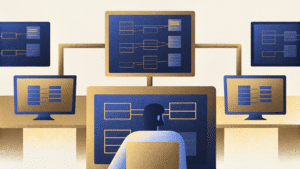


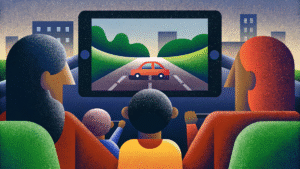

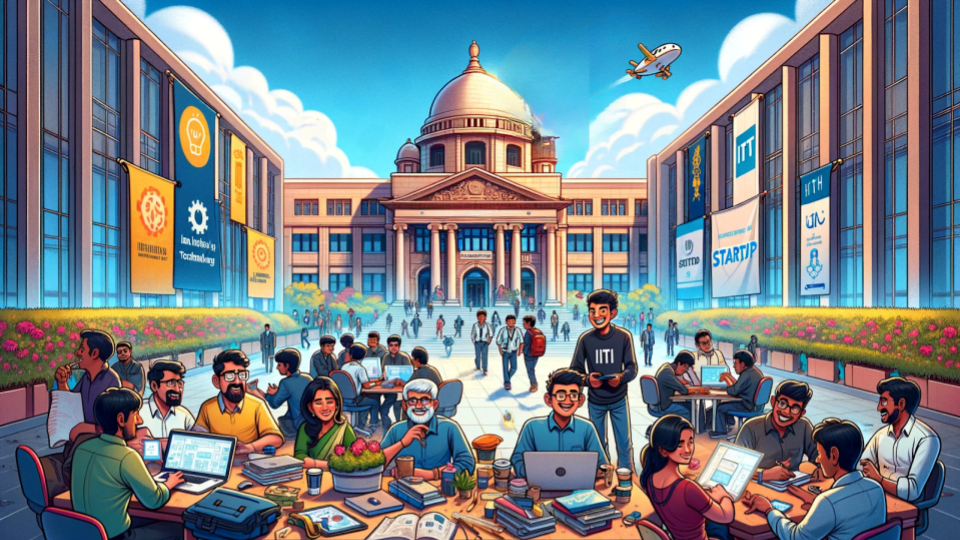
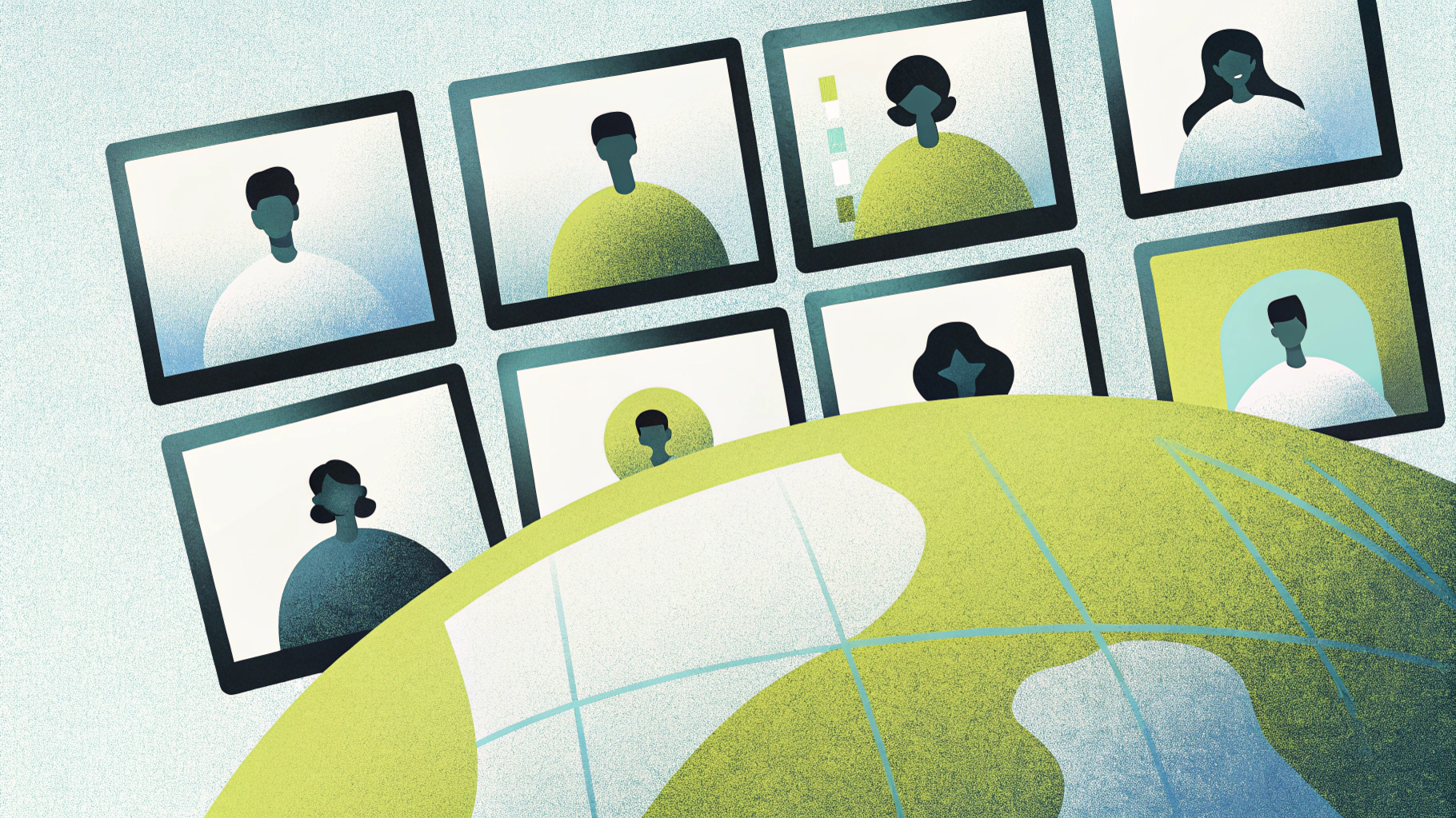
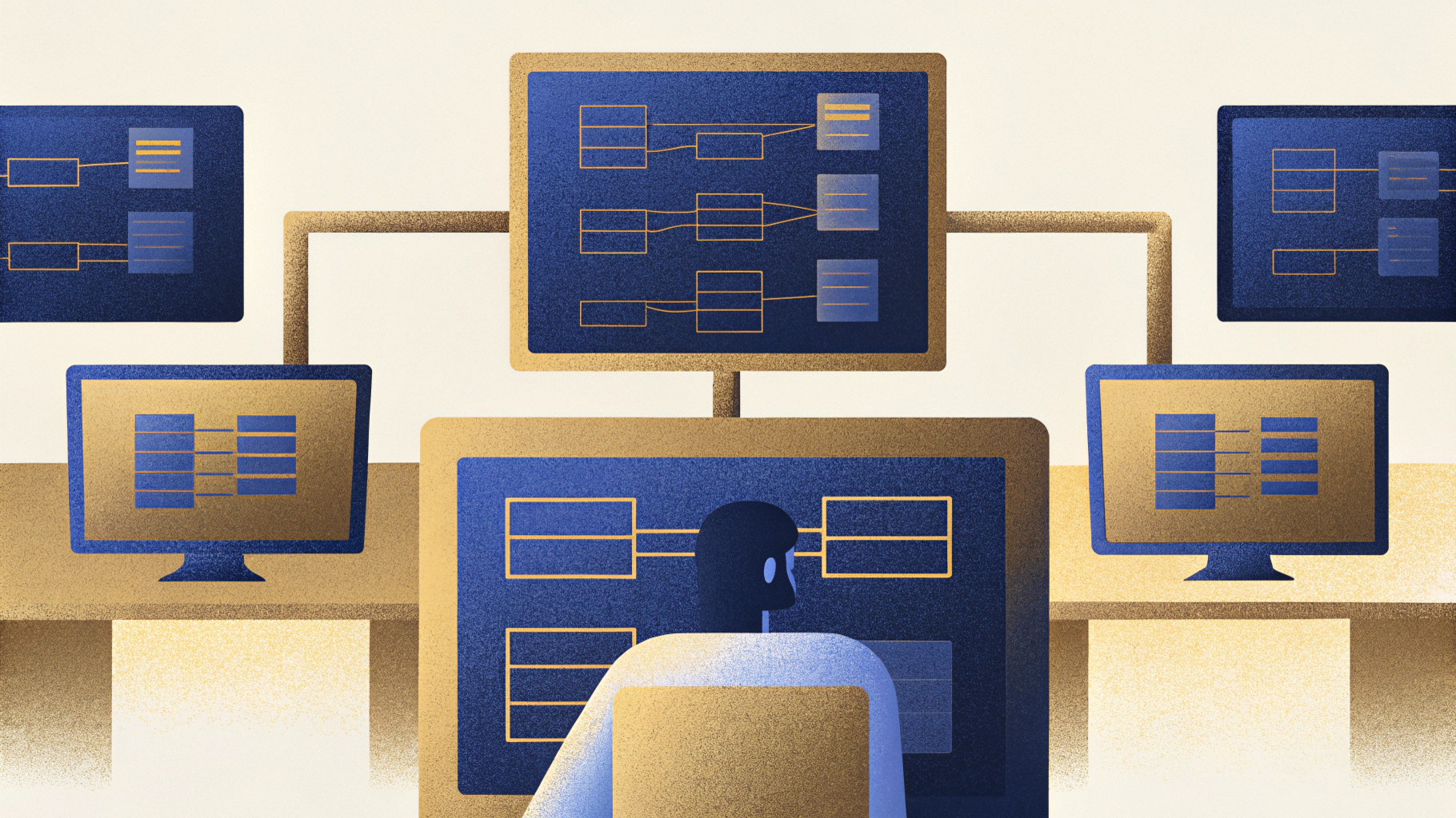
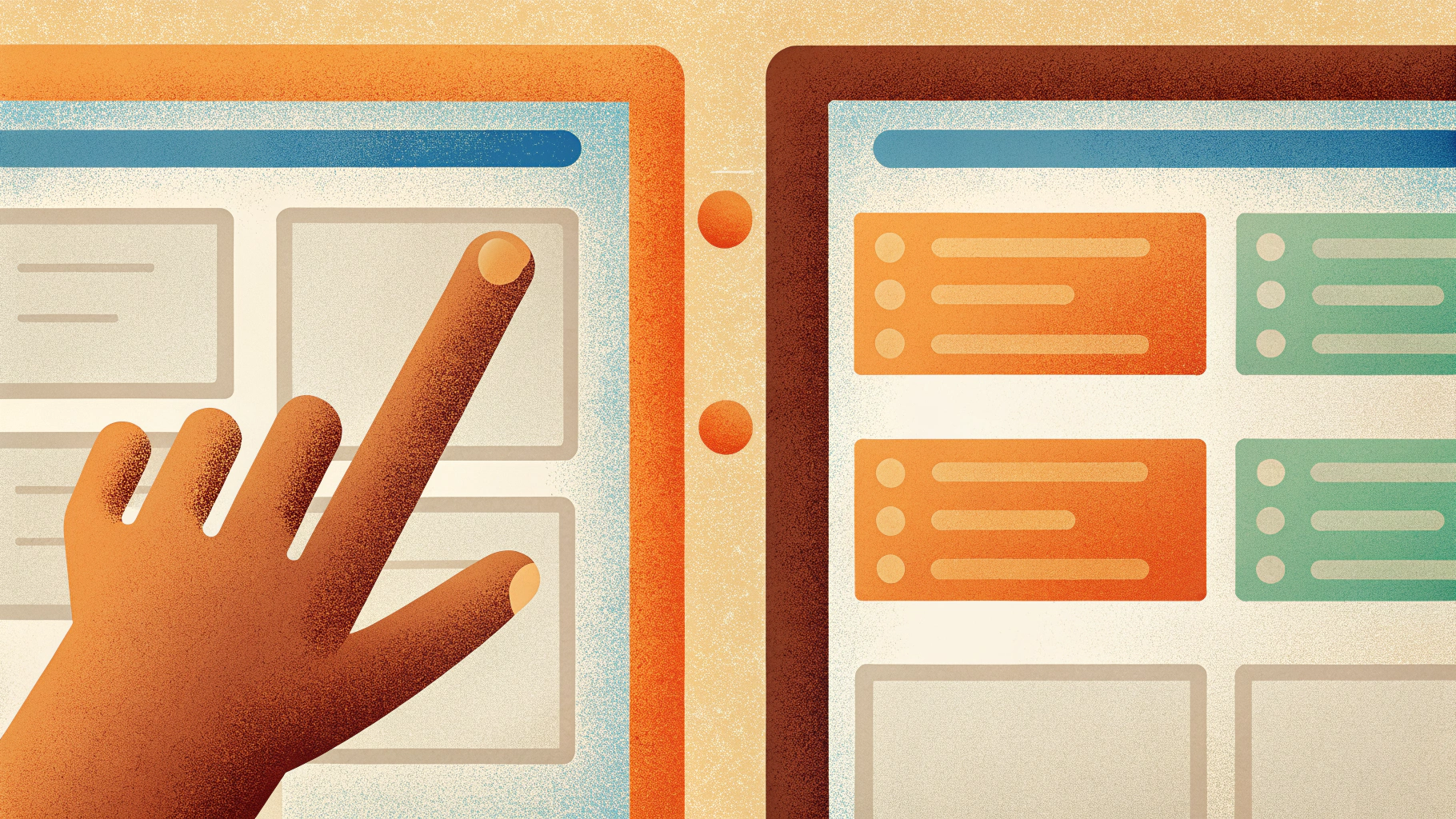
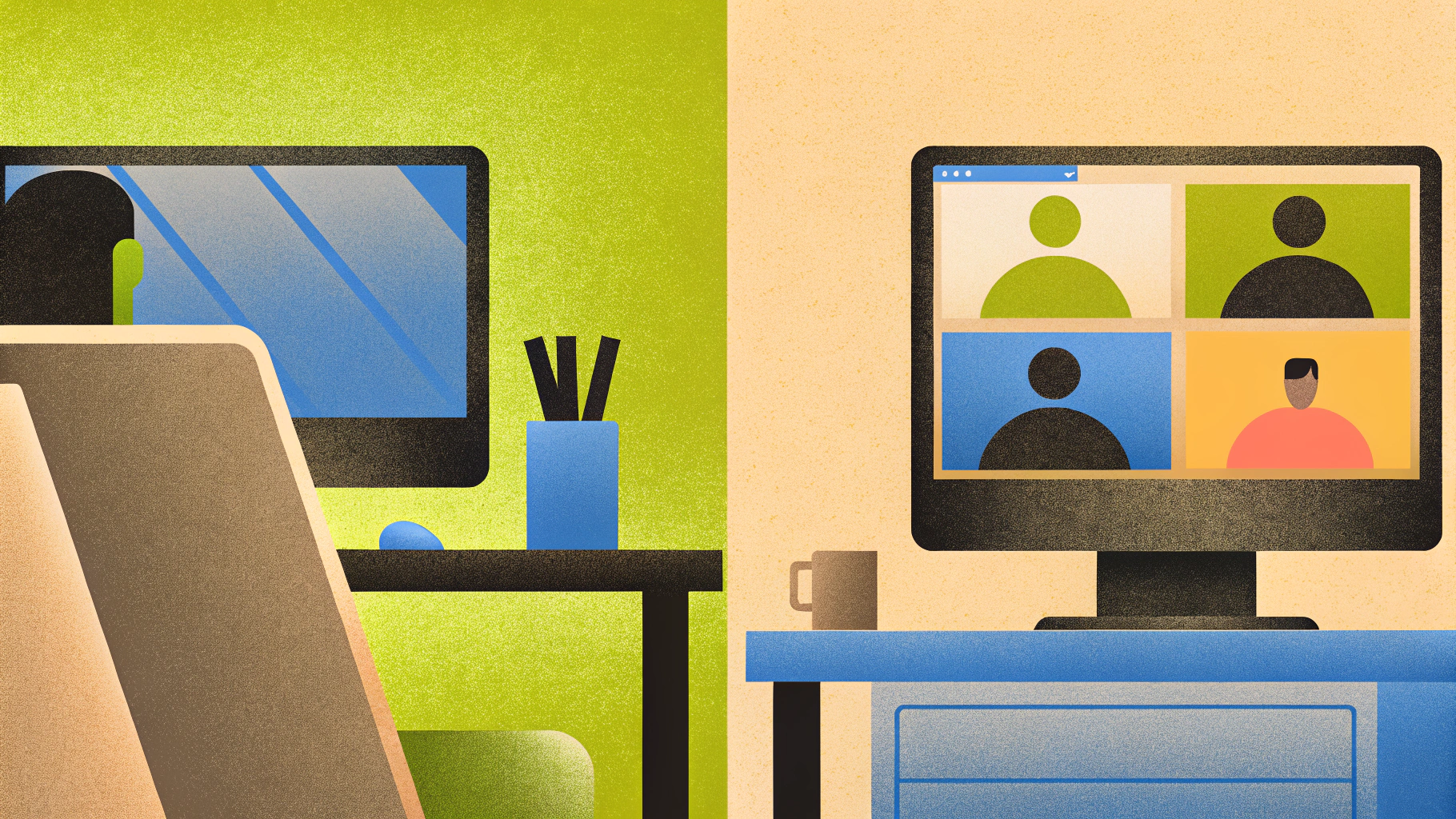
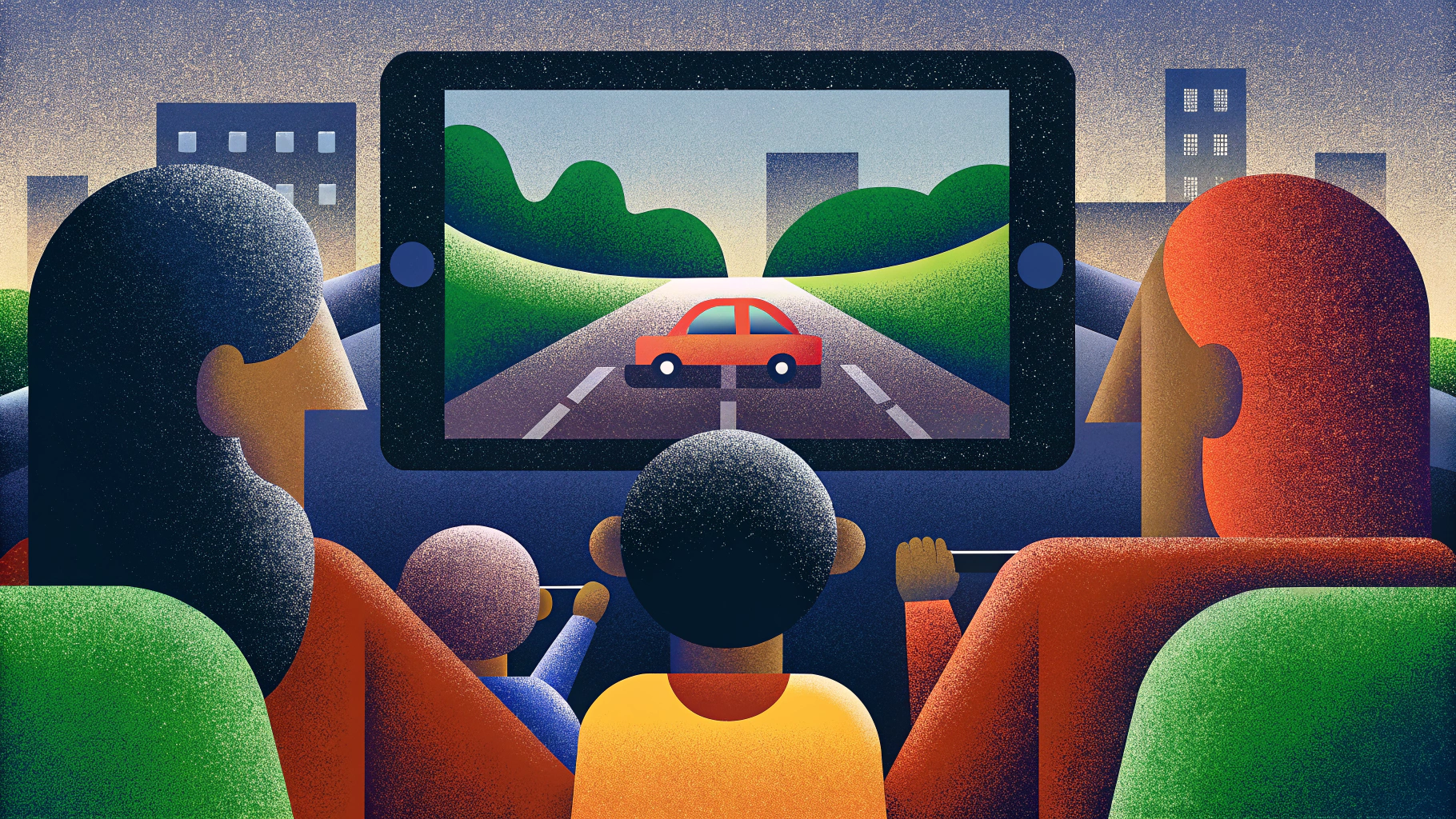

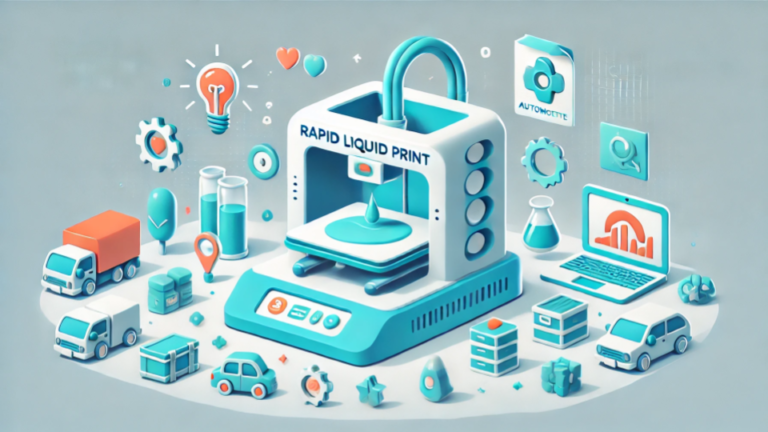


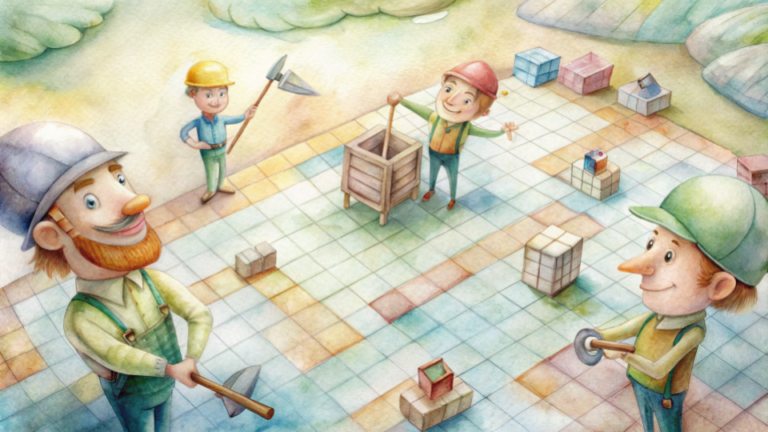
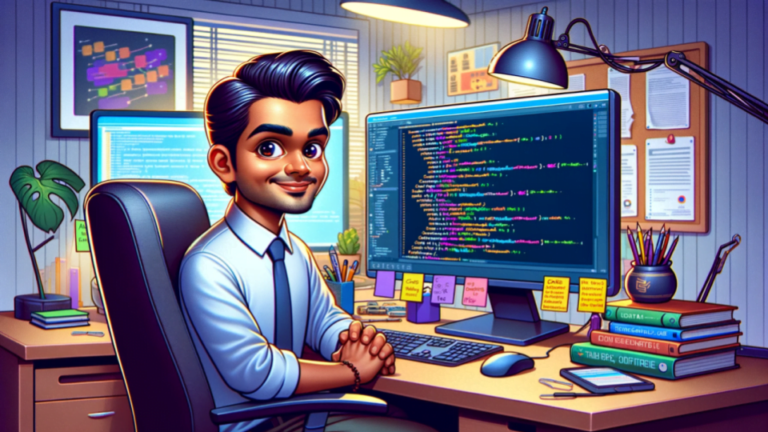
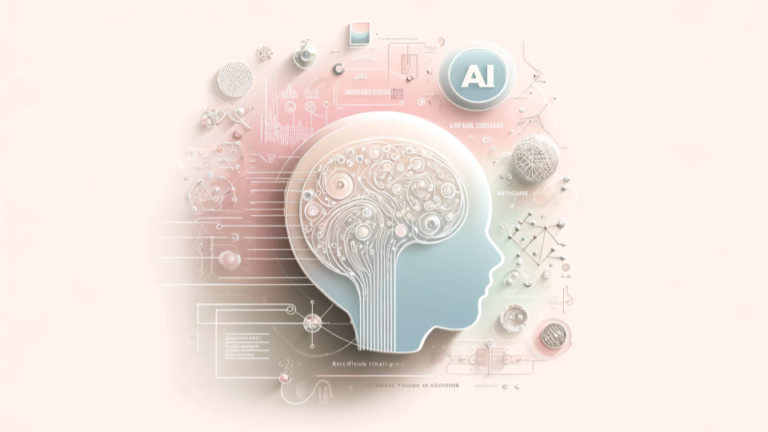
Leave a Reply
You must be logged in to post a comment.